The content of the article
Teething, as well as colic, is one of the most difficult periods of the first year of a child's life - both for himself and his parents. The baby becomes capricious, it is often attached to the chest, feels a serious discomfort. During this period, parents are ready to take all the pain on themselves, but this, unfortunately, is impossible. But it is in our power to alleviate the condition of the crumbs in various ways. First you need to understand whether the baby is teething. Indeed, malaise, tearfulness and moodiness may occur for various reasons.
How to understand that teething
It is rather difficult to determine why the baby feels bad, especially if the mother has no experience and the child is the first. However, an attentive mother will be able to recognize some of the symptoms of teething.
- Gums become red, swell, have an inflamed appearance.
- The child's appetite is getting worse, the baby can change his usual behavior. He either refuses to eat at all, because the process of sucking brings him serious discomfort, or vice versa, he constantly hangs on his mother's breast. This is not due to hunger, but the need for psychological relief. Mother's breast - the best painkiller.
- The child, whose teeth are being cut, begins to bite, chew, almost every object takes in his mouth. It is very important to provide clean toys so that the baby does not catch any infection. In addition, the baby can actively press on the nipple of her mother's chest, to at least somehow scratch the inflamed gums. You need to gently wean the crumbs from such actions - stop feeding for a while, if the child "bites." Otherwise, it will really hurt you when your teeth finally appear.
- Teething causes severe drooling. Increased formation of salivary gland secretion due to the fact that the fluid contains a large number of disinfecting and analgesic components that relieve inflammation.
- The general condition of the child is changing - it becomes capricious, weeping, constantly asking mother for pens. His sleep worsens - the baby wakes up, screams for no reason, cannot sleep for a long time.
- Sometimes in children with teething, the work of the gastrointestinal tract changes - it suffers from constipation or diarrhea.
It is very important to show the child to the doctor in time, because some diseases (food poisoning, otitis media) have similar symptoms. You need to be sure that the baby is concerned about the teeth, because the crumb can not yet tell about their feelings.
Can the temperature rise during teething
This question worries many moms, besides, there is no definite answer to it. Doctors say that when teething, the temperature does not increase much. Yes, due to the inflammatory process there may be a slight increase of 37-37.3, but no more. It’s another matter if, against the background of teething in a child, immunity is reduced and the crumb easily clings to a viral infection. In addition, inflammation often passes from the gums to the throat. If the baby has a temperature above 38 degrees, do not write it off on the teeth, teething can not so strongly affect the body.In this case, most likely, an additional disease has joined.
How to facilitate teething in a child
There are many ways to alleviate the condition of the child without the use of medicines.
- The easiest way to satisfy a child’s desire to bite and chew is to give him a special silicone teether. This is a rubber toy that can be bitten and chewed - it is absolutely safe. In a store or pharmacy, you can buy teethers of different colors or shapes. The child gnaws a toy, scratches his teeth, rubs his gums and thereby accelerates the process of teething.
- Massage helps to relieve pain very well. Mom or dad should wash their hands well, and then put a finger in the child’s mouth. You need to gently rub the baby's gums. This massage gives him relief, the crumb literally stops and enjoys the process. For a more effective massage, you can use a special silicone brush. It is put on the parent finger and has soft bristles that can rub the gums.
- Anesthesia gums help cold. You can give the child all the same teether, but after holding it in the refrigerator.A cold object will cause blood to drain from the gums and sensitivity will be reduced. You can rub the baby’s gums with a cold spoon. Put a clean piece of material in the fridge, and then offer it to the baby. But in any case, do not give the child a frozen carrot or apple. Firstly, the baby can quietly bite off a piece and choke - this is very dangerous. And secondly, the local immunity of the baby is very vulnerable, the frozen product can cause tonsillitis and other inflammations in the throat area. Do you need it? Also, do not give the child pieces of ice. It may get frostbite or scratch the edge of the ice cube. If you decide to give the child a crust of bread or drying, be extremely careful - if the baby already has one tooth, he can bite off a piece. In addition, sooner or later, the bread will get sodden and part of it will come off. You need to be around all the time, and it is better not to give the child such food at all.
- Food for the baby should not be hot, but a little cool. Choose the optimal temperature of mashed potatoes, so that the baby can finally eat.
- If the baby sucks on the nipple, during the period of teething, do not limit it to this.So baby not only scratches his teeth, but also calms down.
These are simple ways to facilitate the process of teething. However, they may not always be effective. If cold teethers and massage do not help, you can go to more serious means.
Teething Medicines
There are many candles, syrups, pills, gels and ointments that can relieve the baby from teething symptoms.
- Cooling gels. This is one of the most popular means to facilitate teething. These drugs do not just cool the mucous membrane, but also deprive it of any sensitivity. Among the most effective can be distinguished Kalgel, Kamistad, Dentol, Dentinox, etc. They can be applied quite often - every couple of hours. Anesthesia occurs almost instantly - such a gel will allow the baby to sleep peacefully for at least some time. However, remember that these drugs can not be applied before feeding, otherwise the crumb will no longer feel the tongue and sucking will become difficult.
- Homeopathy. Homeopathic gels are made on the basis of extracts of chamomile, echinacea, plantain, calendula and other medicinal plants.They have an anti-inflammatory effect. Among the most popular are Baby Doctor and Pensoral. These drugs are absolutely safe and can be used an unlimited number of times.
- Anti-inflammatory drugs. This group of drugs includes Cholisal - one of the most effective gels. It does not anesthetize not at the expense of Ledocaine, as cooling gels, but at the expense of anti-inflammatory components, which give a calming effect. Apply this gel can only 2-3 times a day, but it gives a long-term effect of anesthesia.
- Antipyretic and analgesic drugs. In addition to local anesthesia, you can give the child ibuprofen. It not only relieves and soothes, but also relieves fever, which can be accompanied by teething. Children's paracetamol, Ibuklin, Nurofen, Tsefekon - give the baby what you usually bring down the temperature. These drugs can be in the form of candles, syrups and drops. If the baby does not know how to drink from a spoon, you need to use candles - besides, they begin to act much faster.
Many parents wonder - how long does the process of teething last? In fact, everything goes individually and in all different ways.As a rule, before the white corner of the tooth appears in the gum, the baby suffers for about three days (this is an average). But it also happens that the teeth come out almost painlessly. And sometimes the child suffers for months, but the tooth does not show up - in this case it is necessary to show the child to the doctor in order to rule out other causes of his discomfort.
Usually, the teeth of babies appear after 6 months - this time coincides with the period of introduction of complementary foods. To grow teeth painlessly and quickly, in the diet of the child should be a lot of calcium. Since cottage cheese is one of the first types of complementary foods, we will tell you about the recipe for making cottage cheese, enriched with calcium. For cottage cheese you need to take natural milk (not pasteurized in a pack, but from under the cow). Fresh milk is thoroughly boiled for at least 10 minutes to disinfect the product. Then the milk should be cooled to room temperature. In half a liter of milk, add one ampoule of Calcium Chlorine (hot injection) and a spoonful of kefir. All stir and set on fire. When the milk is curled, it should be thrown back to the gauze. The resulting cheese is enriched with calcium - it can be given to a child with a banana or an apple, passing it all through a blender. It is not only very useful, but also incredibly tasty!
The process of teething is quite long and painful. At this time, try to spend more time next to the baby, hug and calm him, for a while, move away from household chores. After all, mother's warmth and tender embrace better than any medicine will help to survive the pain and bad mood.
Video: how to facilitate baby teething

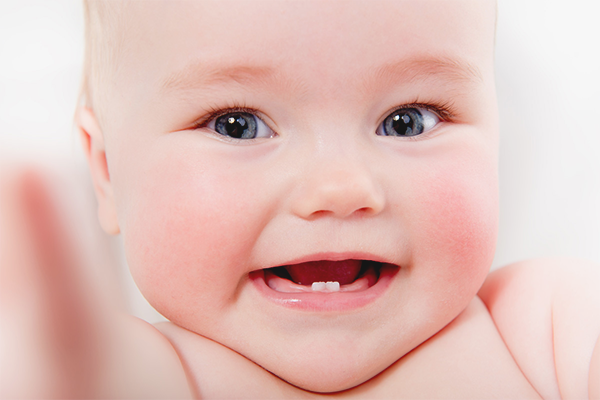

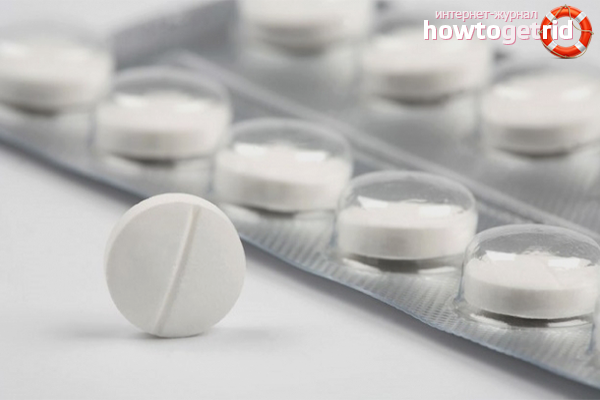




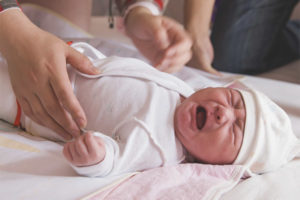
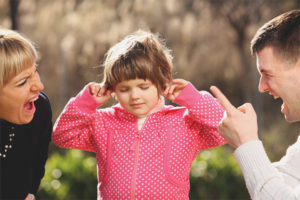

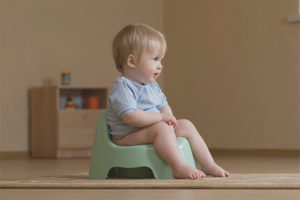

To send